Biological Science - Graduate Studies
Florida State University
Florida State University
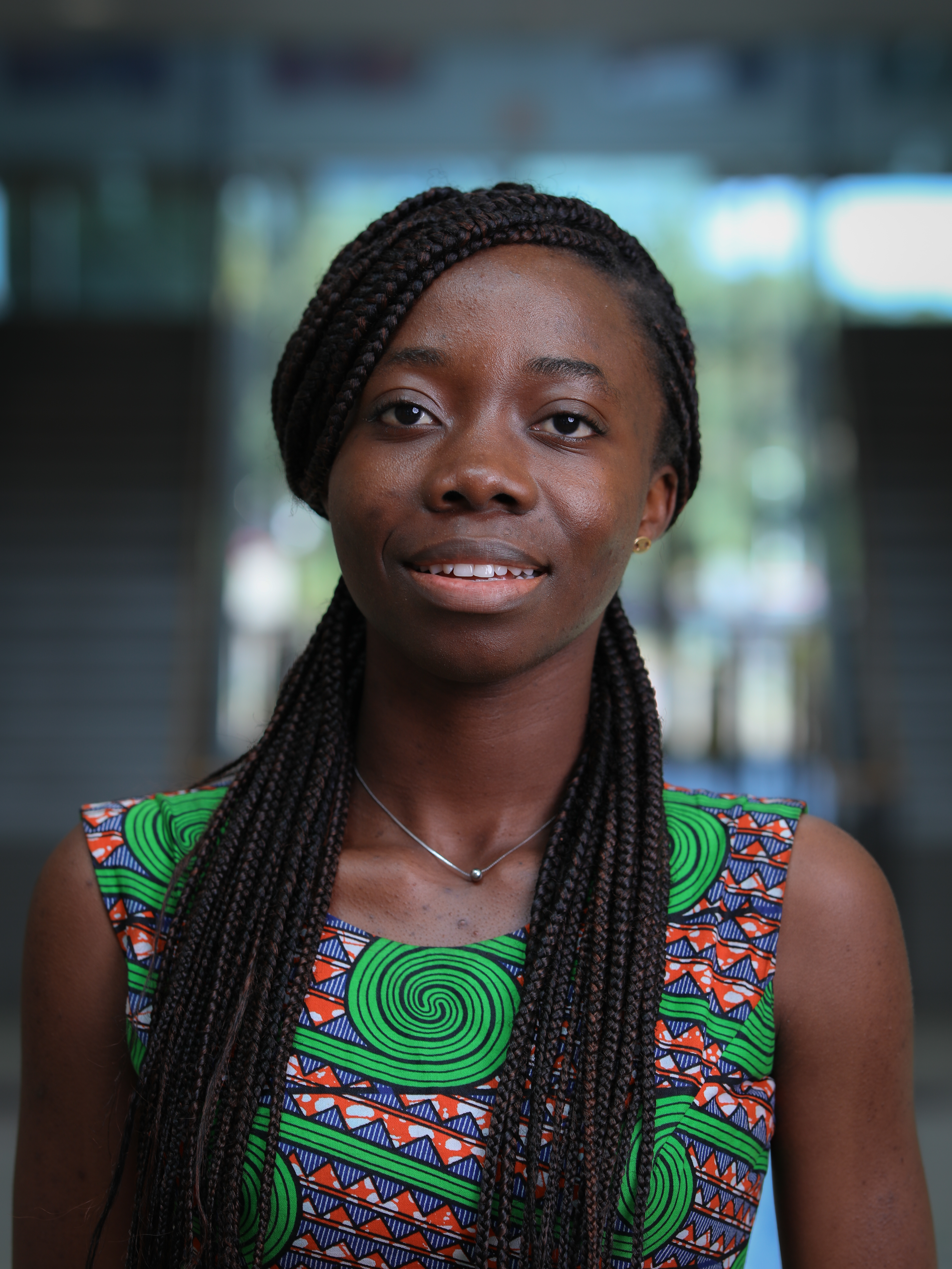 Alberta Abotsi Cell and Molecular Biology Major Prof: Dr. Scott Stagg |  Taiwo Adewole Cell and Molecular Biology Major Prof: Dr. Qian Yin |  Paul Agbola Cell and Molecular Biology Major Prof: Dr. Hank Bass |
 Doménica Aguirre Neuroscience Major Prof: Dr. Emily Lemmon |  Benjamin Ajayi Ecology & Evolution Major Prof: Dr. Austin R. Mast I research how plant variation reflects evolutionary diversification and the reconstruction of plant genes' evolutionary histories using molecular systematics and morpho-anatomy |  Sara Akram Cell and Molecular Biology Major Prof: Dr. Hank W. Bass |
 Fatima Alcantara Ecology & Evolution Major Prof: Dr. Nora Underwood | 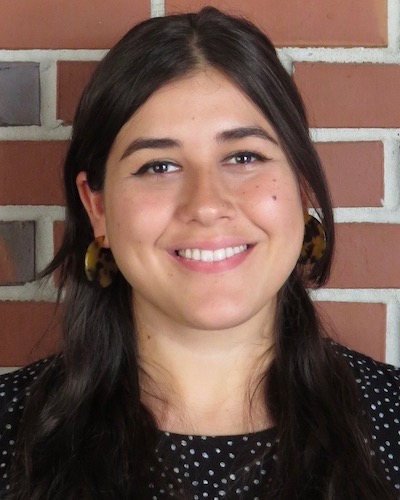 Penelope Ales Ecology & Evolution Major Prof: Dr. Nora Underwood |  Camilla Alves Cell and Molecular Biology Major Prof: Dr. Beth Stroupe (FYAC) |
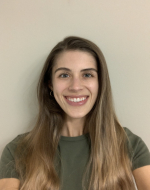 Carlie Anderson Ecology & Evolution Major Prof: Dr. Emily C. Lemmon I study the proximate mechanisms of speciation in North American chorus frogs. I'm broadly interested in the neural and genomic basis for population-level differences in mating traits that drive macroevolutionary processes. |  Laura Anthony Ecology & Evolution Major Prof: Dr. Sandra D. Brooke I am interested in the ecophysiology of habitat-forming deep-sea corals. My dissertation research focuses on the environmental drivers that affect the reproductive biology of several reef-forming deep-sea corals around the globe. |  Sona Antonyan Neuroscience |
 Lorea Arambarri Cell and Molecular Biology Major Prof: Dr. Jonathan H. Dennis Investigating the consequences of Traumatic Brain Injury on chromatin features |  Zachary Arnold Neuroscience Major Prof: Dr. Debra Fadool |  Erica Atkins Ecology & Evolution Major Prof: Dr. Darin Rokyta |
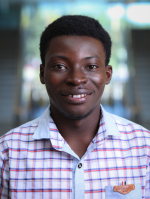 Collins Awiaga Ecology & Evolution Major Prof: Dr. Darin R. Rokyta |  Marena Bass Neuroscience Major Prof: Dr. Thomas A. Houpt |  Donaven Baughman Ecology & Evolution Major Prof: Dr. Andrew Shantz My research focuses on the impacts of predators and environmental factors on the physiological processes and allocation of energy to various important life history characteristics (e.g., growth, predation defense, and reproduction) of eastern oysters (Crassostrea virginica). The goal of my work is to inform the future management of wild oysters and improve aquaculture outcomes by understanding the impacts of biotic (predators) and abiotic (environmental) factors on individual oysters and how these impacts may scale-up to alter population dynamics and oyster harvest outcomes. |
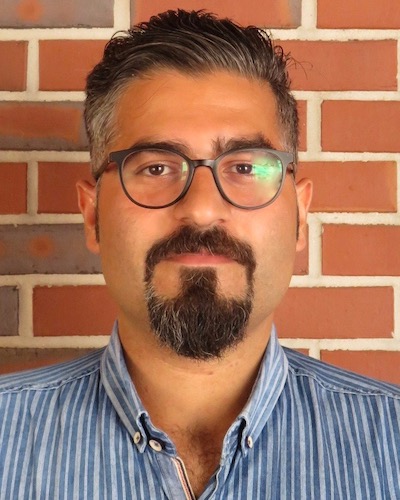 Shahin Behrouz Sharif Cell and Molecular Biology Major Prof: Dr. Jonathan H. Dennis |  Tracey Bell Cell and Molecular Biology Major Prof: Dr. Steven Lenhert | 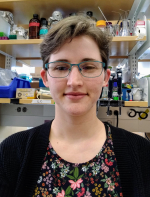 Jane Benoit Cell and Molecular Biology Major Prof: Dr. Jonathan H. Dennis I am interested in the relationships between chromatin architecture, gene expression, and cellular processes. My projects include characterizing chromatin remodeling events during viral infection, innate immune stimulation, and cancer progression. |
 Katherine Bilodeau Cell and Molecular Biology Major Prof: Dr. Kathryn M. Jones |  Allie Blanchette Ecology & Evolution Major Prof: Dr. Andrew Rassweiler I am interested in studying how species interactions and human activities play into the resilience of marine ecosystems. There's also a special place in my heart for farmer damselfish. |  Lillie Bradshaw Ecology & Evolution Major Prof: Dr. Sarah Lester |
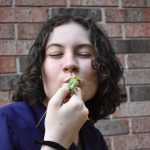 Emilie Broussard Ecology & Evolution Major Prof: Dr. Darin R. Rokyta | 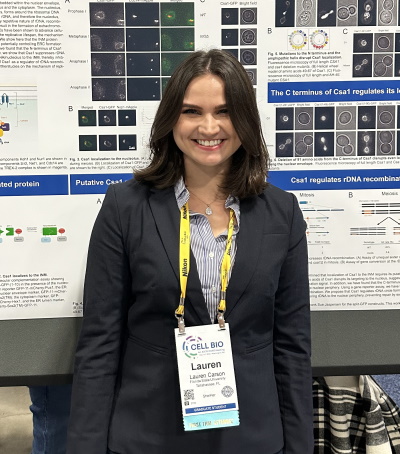 Lauren Carson Cell and Molecular Biology Major Prof: Dr. Hong-Guo Yu |  Tiyanna Charles Cell and Molecular Biology Major Prof: Dr. Qian Yin |
 Katherine Darrow Neuroscience Major Prof: Dr. Liz Brown |  Ashley Dawdy Ecology & Evolution Major Prof: Dr. Dean Grubbs I am primarily interested in the behavioral ecology of elasmobranchs, particularly species of conservation concern. My past research used active and passive acoustic telemetry to investigate movement and habitat use patterns in coastal sharks. I am currently investigating social and mating behavior in the critically endangered smalltooth sawfish (Pristis pectinata) in the Florida Keys, and the habitat use of cownose rays (Rhinoptera bonasus) in Apalachicola Bay, FL. This work contributes to the delineation of essential fish habitat and informs the building of successful species conservation plans. | 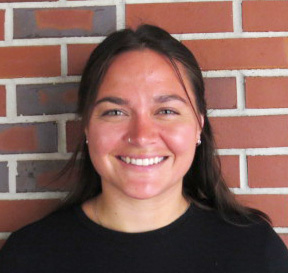 Jessica Dehn Ecology & Evolution Major Prof: Dr. Dean Grubbs |
 Madison DePeri Cell and Molecular Biology Major Prof: Dr. Beth Stroupe (FYAC) |  Jacob Dilliplane Neuroscience Major Prof: Dr. James M. Fadool |  Abigail Dittmar Ecology & Evolution Major Prof: Dr. Nora Underwood I use a combination of mathematical models and field-based experiments to study mechanisms of plant resistance to insect herbivory. I am especially interested in how individual-level interactions scale up to affect the spatial structures of populations and communities and how spatiotemporal variability can shape population and community dynamics. My research lies at the intersection of basic and applied science and I work in both natural and agricultural systems. |
 Adin Domen Ecology & Evolution Major Prof: Dr. Sandra D. Brooke I have a general interest in marine ecology, however my current work consists of identifying oyster-based habitat preference in economically important fishes and crustacean species in Apalachicola Bay, FL. |  AidanDarian Douglas Cell and Molecular Biology Major Prof: Dr. Ashwanth Francis |  Alexandra Dubel Ecology & Evolution Major Prof: Dr. Andrew Rassweiler |
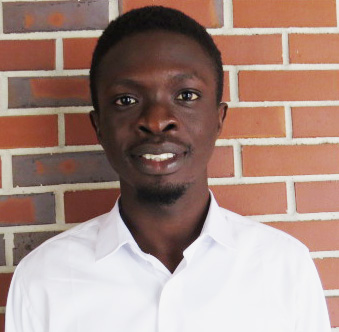 Francis Ebuara Cell and Molecular Biology Major Prof: Dr. Darin R. Rokyta |  Yu Fang Cell and Molecular Biology Major Prof: Dr. Jian Feng |  Laurel Field Ecology & Evolution Major Prof: Dr. Sarah Lester Laurel’s research focuses on the implementation, tracking, management, and socio-ecological aspects of area-based marine conservation tools. She is also interested in the development of sustainable marine food systems and the compatibility of marine conservation and mariculture goals in ocean spaces. |
 Gabrielle Fisher Cell and Molecular Biology Major Prof: Dr. Kathryn M. Jones | 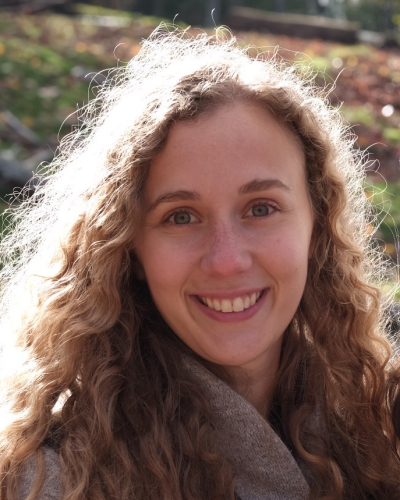 Emily Fuqua Ecology & Evolution Major Prof: Dr. Sandra D. Brooke My research interests are based in applied ecophysiology. I am interested in how anthropogenic changes to the environment, such as increasing ocean temperature and increasing anoxic zones, affect an organism’s physiology, and in turn, how physiological changes affect ecology and population dynamics. My PhD research will focus on Eastern oyster health in the Apalachicola Bay system, and my goal is to assist fisheries managers and conservationists in restoring and preserving a healthy oyster population in Apalachicola Bay. |  Yashika Garg Cell and Molecular Biology Major Prof: Dr. M. Elizabeth Stroupe |
 Yacob Gebreab Cell and Molecular Biology Major Prof: Dr. Karen McGinnis |  Sarah-Kate Genter Ecology & Evolution Major Prof: Dr. Thomas E. Miller |  Adam Goodman Ecology & Evolution Major Prof: Dr. Andrew Rassweiler |
 Anuvind Gramathil Cell and Molecular Biology Major Prof: Dr. Hong-Guo Yu I am investigating the mechanism and functional significance of telomere tethering to the nuclear periphery in budding yeast. Currently, I study the interplay between the LINC complex and Sir complex during meiosis. Yeast is not just used for baking, but to do science as well! :) |  Jonathan Gray Neuroscience Major Prof: Dr. Doug Storace |  Rimil Guha Roy Neuroscience Major Prof: Dr. Debra A. Fadool |
 Daniel Gutierrez Ecology & Evolution Major Prof: Dr. Emily H. DuVal I am interested in the evolution of complex social behavior. I study cooperative behavior in Lance-tail Manakins aiming to understand the drivers of behavioral variation in male-male displaying partnerships. | 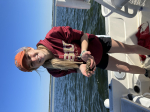 Morgan Hawkins Ecology & Evolution Major Prof: Dr. Sandra D. Brooke My research focuses on the morphological and behavioral differences that exist between cultured and wild sourced bivalves. These differences lead to large post-release mortalities, effecting the success of restoration aquaculture. My work helps to identify and correct those differences at the FSUCML Shellfish Restoration and Research hatchery, helping to optimize restoration aquaculture for the Florida bay scallop. |  Daniel Hiott Cell and Molecular Biology Major Prof: Dr. David Thoms |
 Joseph Horacek Ecology & Evolution Major Prof: Dr. Jeroen Ingels |  Tyler Hunt Ecology & Evolution Major Prof: Dr. Gregory M. Erickson |  Emma Jackson Ecology & Evolution Major Prof: Dr. Dean Grubbs |
4x5.jpg) Mahdi Khadem Cell and Molecular Biology Major Prof: Dr. Jonathan H. Dennis |  Auroni Khan Cell and Molecular Biology Major Prof: Dr. Beth Stroupe (FYAC) |  Kathryn Koirtyohann Cell and Molecular Biology Major Prof: Dr. Karen M. McGinnis My research is focused on the molecular biology of plants, primarily maize and peanut. I study regulation of gene expression by RNA-directed DNA methylation (RdDM), transcription factor binding, and noncoding RNAs. The regulatory landscape of plants is extremely complex, and my goal is to uncover some of these networks of regulatory molecules and genes, particularly those involved in response to abiotic stress. |
 Harris Krasner Ecology & Evolution Major Prof: Dr. Joel Trexler | Jeremy Levine Ecology & Evolution Major Prof: Dr. Joel Trexler |  Marilla Lippert Ecology & Evolution Major Prof: Dr. Sarah Lester |
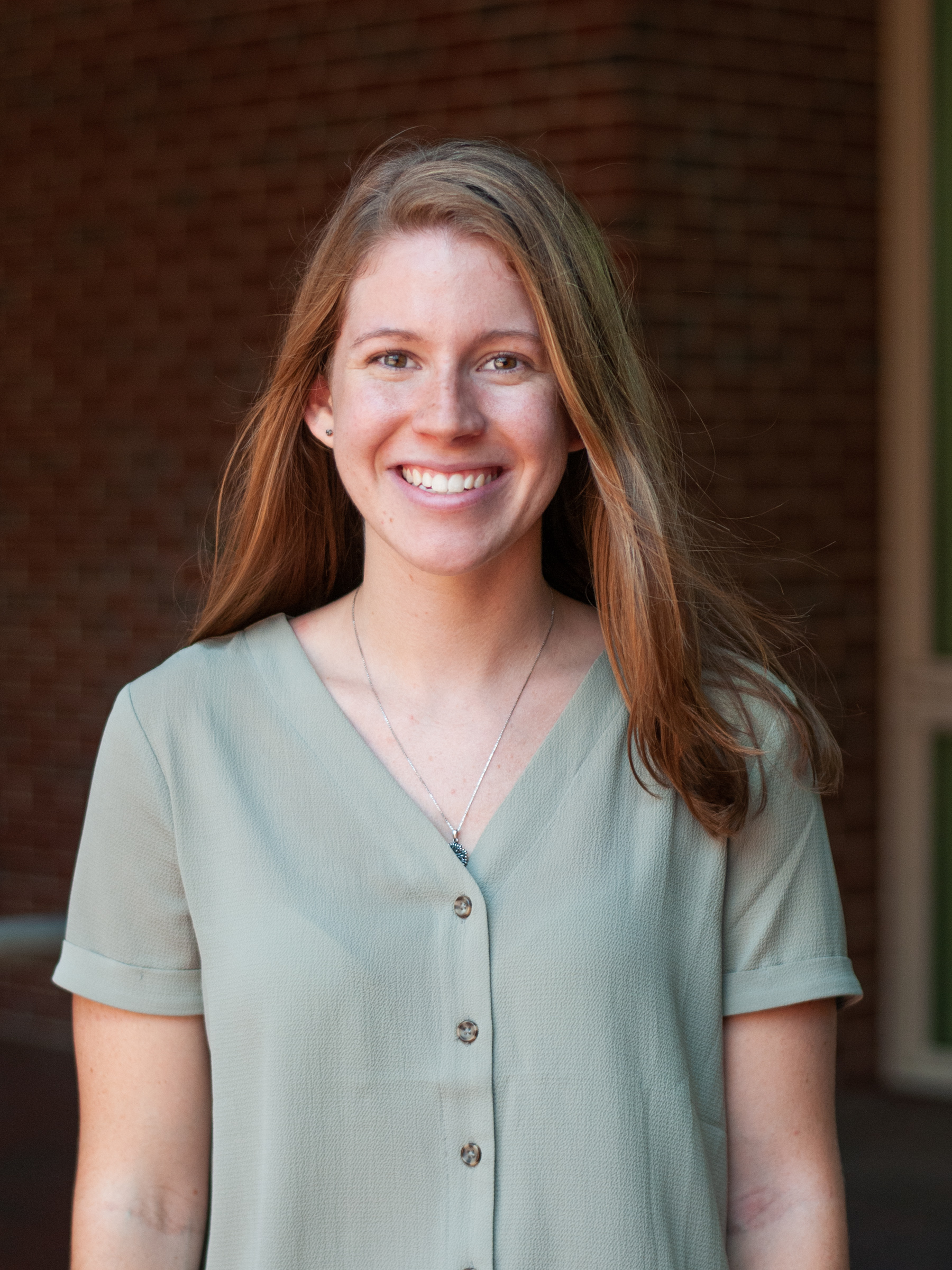 Ashley Loeven Cell and Molecular Biology Major Prof: Dr. Debra A. Fadool My research interests lie in understanding intracellular signaling that mediates dietary fat-induced inflammation and irreversible loss of olfactory sensory neurons in mouse models. |  Calvin Mackey Cell and Molecular Biology Major Prof: Dr. Kathryn M. Jones |  Mariela Marques Neuroscience Major Prof: Dr. Roberto Vincis |
 Melanie Medina Ecology & Evolution Major Prof: Dr. Don R. Levitan I'm interested in reproduction and mate choice of simulataneous hermaphrodites and how this reproductive strategy is a potential mechanism for the maintenance of variation in marine gastropods such as sea slugs. | 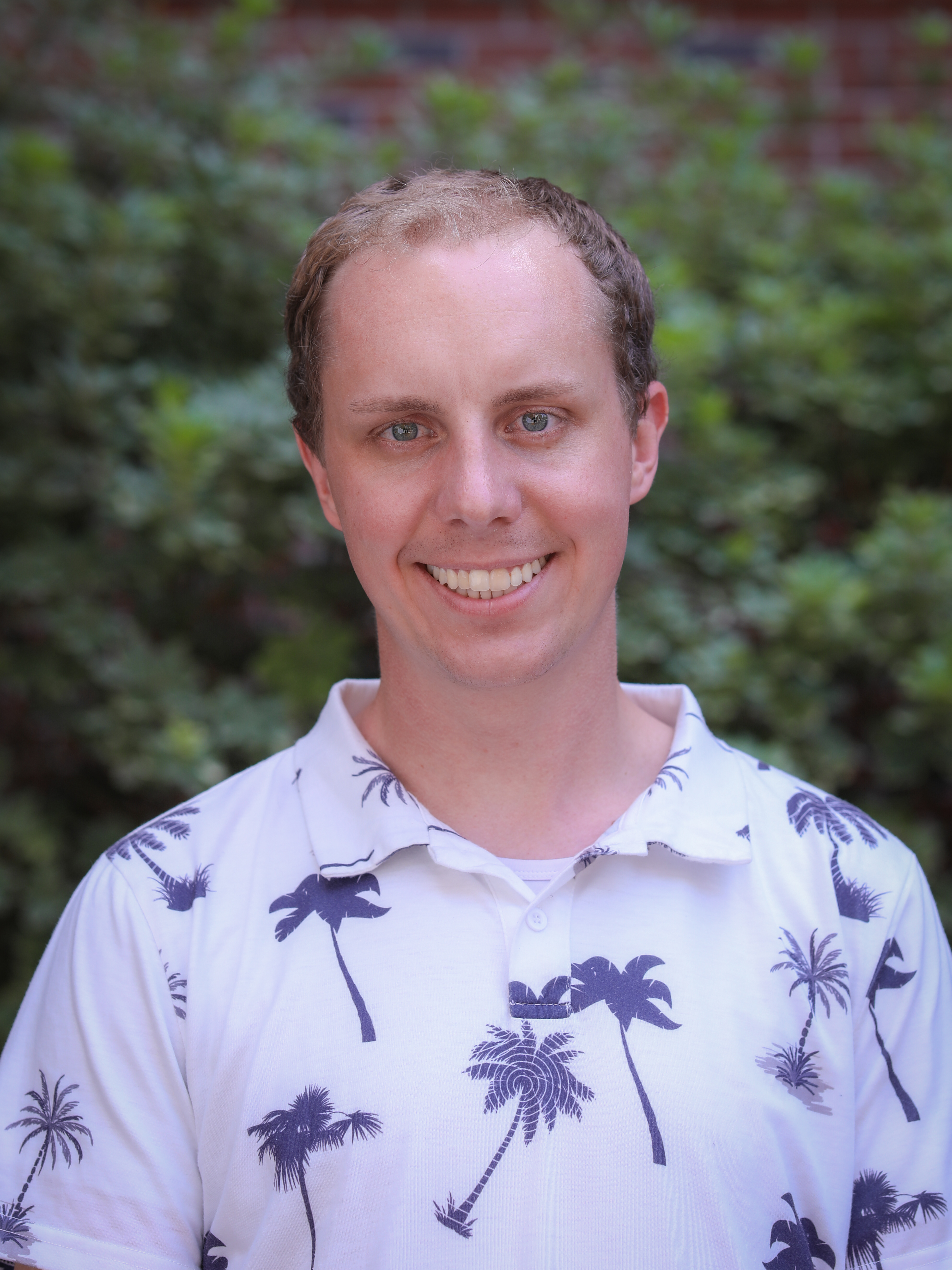 Bridger Menlove Neuroscience Major Prof: Dr. Debra A. Fadool My research interests lie in understanding the relationship between physiology and behavior of olfactory processes. I'm currently investigating how we can utilize drug therapies and to rescue olfactory function under different types of duress. Current Publications: Aljobaily, N.; Krutsinger, K.; Viereckl, M.J.; Joly, R.; Menlove, B.; Cone, B.; Suppes, A.; Han, Y. Low-Dose Administration of Cannabigerol Attenuates Inflammation and Fibrosis Associated with Methionine/Choline Deficient Diet-Induced NASH Model via Modulation of Cannabinoid Receptor. Nutrients 2023, 15, 178. https://doi.org/10.3390/nu15010178 |  Brian Moe Ecology & Evolution Major Prof: Dr. Charles Cotton |
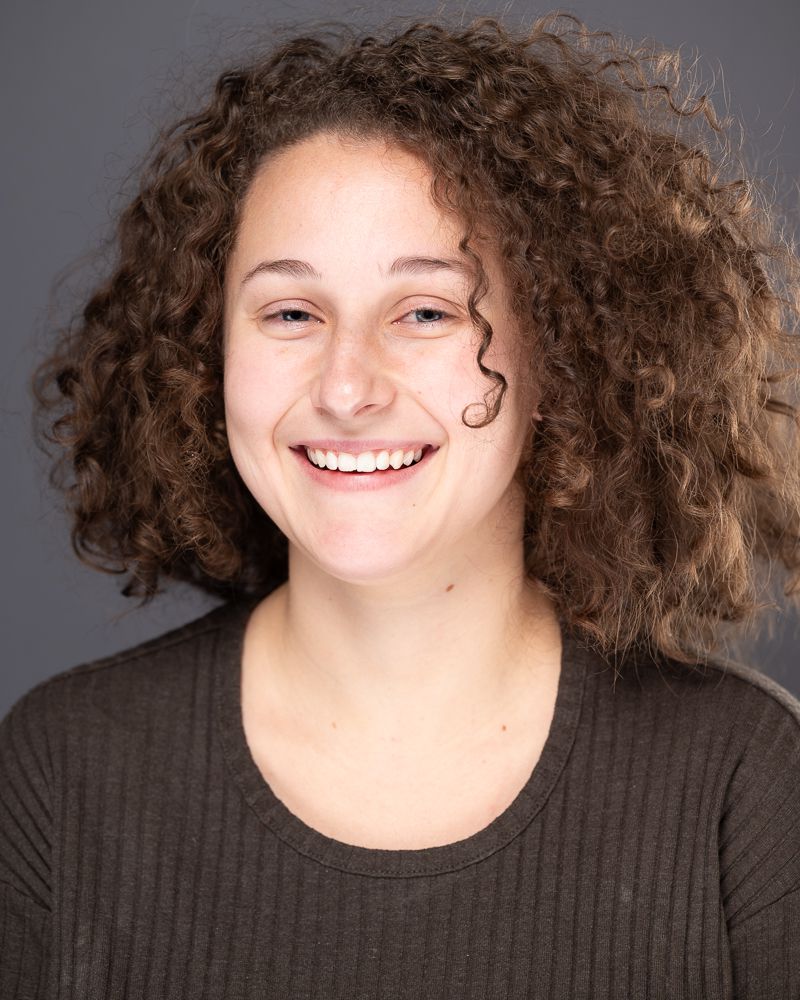 Annais Muschett-Bonilla Ecology & Evolution Major Prof: Dr. Dean Grubbs My research investigates reproductive strategies in elasmobranchs (sharks, skates, rays, and sawfish). My goal is to understand variation in maternal investment between closely and distantly related species, along with variation at an individual level. The physiological mechanisms that drive the mode of embryonic nourishment in these species are being investigated, along with studies attempting to highlight the biochemical content and nutrient composition of fluids used to nourish embryos in various species. Finally, after attempting to understand how and to what extent mothers nourish their embryos, my research aims to determine the effects of maternal investment on the mother and assess potential costs of large maternal investment in these species. | 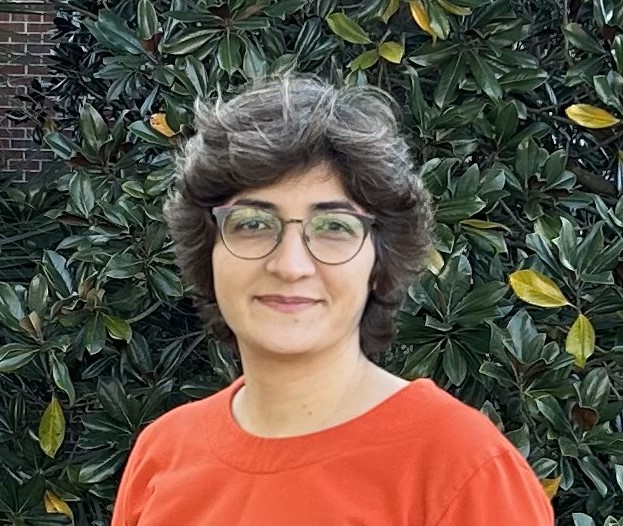 Soheila Nabi Cell and Molecular Biology Major Prof: Dr. Hong-Guo Yu |  Linda Osei Cell and Molecular Biology Major Prof: Dr. David Thoms |
 Jared Osland Ecology & Evolution Major Prof: Dr. Scott J. Steppan |  Innocent Osuya Cell and Molecular Biology Major Prof: Dr. Scott Stagg |  Zohre Panahidizjikan Cell and Molecular Biology Major Prof: Dr. Liz Brown |
 Monica Paniagua Montoya Ecology & Evolution Major Prof: Dr. Nora Underwood I am interested in how differences among conspecific individuals impact interactions, population dynamics and community level processes. In particular, I am interested in the tritrophic interactions of plants, herbivores, and enemies of herbivores. |  Benjamin Pluer Ecology & Evolution Major Prof: Dr. Joseph Travis I am broadly interested in better understanding the evolution and ecology of microbial symbionts in the digestive system of fish. In particular, I'm interested in identifying the role of digestive system microbial symbionts in alleviating the nutrient loading stress in local freshwater systems, using metagenomic and metaproteomic analysis of key microbial species, to determine contribution to adaptation. |  Meizhu Qi Cell and Molecular Biology Major Prof: Dr. Debra A. Fadool |
 Bryce Redfern Cell and Molecular Biology Major Prof: Dr. Kathryn M. Jones |  Colton Remedies Neuroscience Major Prof: Dr. Jian Feng | 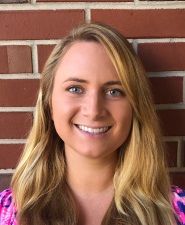 Bobbie Renfro Ecology & Evolution Major Prof: Dr. Janie L. Wulff I am generally interested in conducting research, teaching, and public outreach related to tropical marine ecology and anthropogenic disturbance. Specifically, my dissertation research explores the effects of nutrient enrichment on Caribbean reef sponges. |
 Miles Robertson Ecology & Evolution Major Prof: Dr. Michael Cortez I am interested in the mechanisms that drive epidemics. I use mathematical models and computer simulations to analyze such disease systems. | 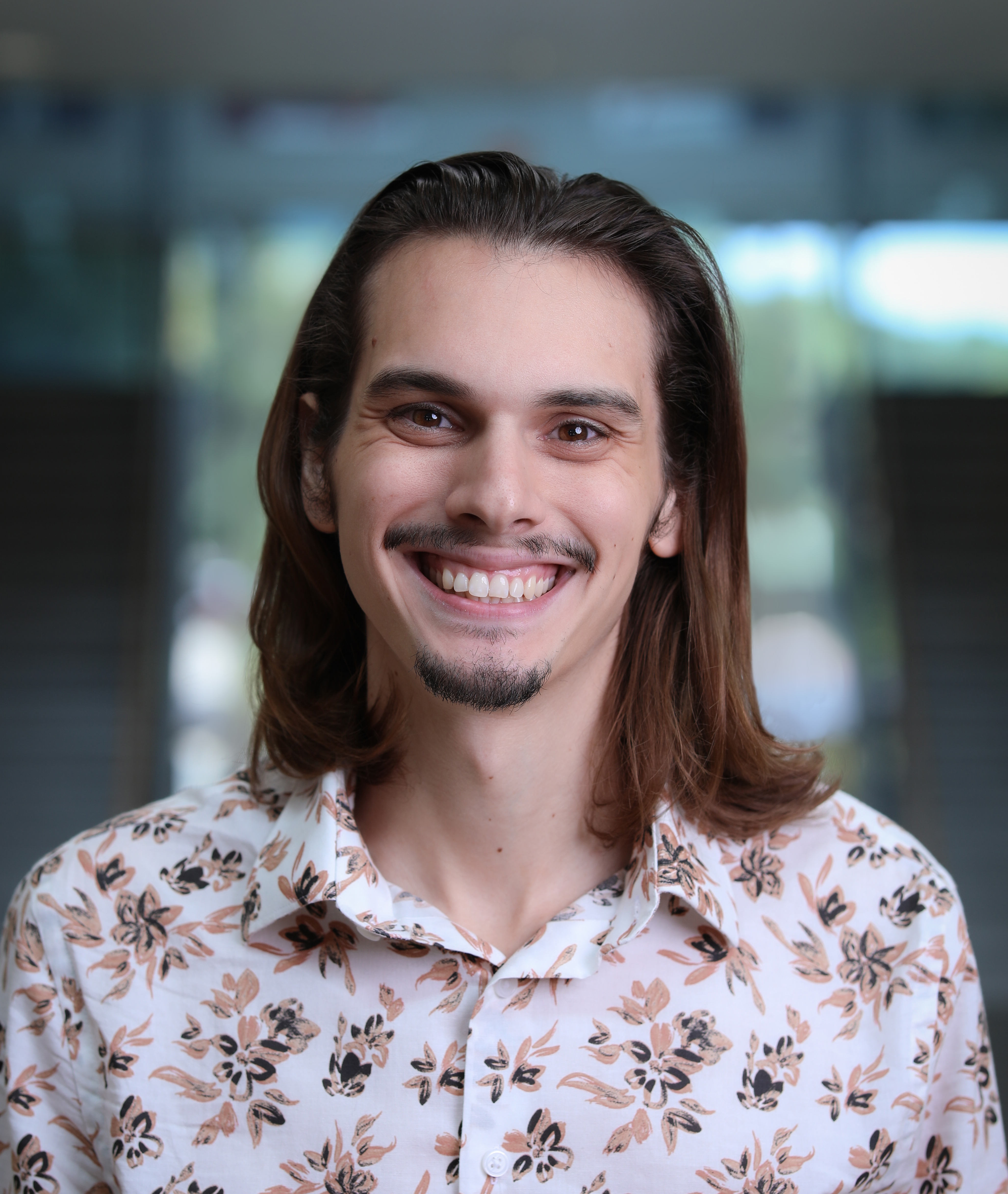 Joshua Rowe Ecology & Evolution Major Prof: Dr. Austin R. Mast | Sarah Ruckman Ecology & Evolution Major Prof: Dr. Kimberly A. Hughes I am interested in the genetics of adaptation and what hinders that process. I use Drosophila to understand the genetics of behavior and how other traits, like color patterns, could hinder behavioral adaptation. |
 Paria Salemi Mokri Boukani Neuroscience Major Prof: Dr. Douglas Storace |  Shania Schull Ecology & Evolution Major Prof: Dr. Janie L. Wulff Interactions between organisms that share space are complex; this is especially true for coral reefs which boast unparallel biodiversity and whose benthic communities are composed of many taxa. Among these taxa, coral reef sponges and stony corals have unique and critical ecosystem functions; while the corals create reef structure and substrate, the sponges promote water clarity and act as a glue holding the reef together. Relationships between sessile reef organisms are often considered competitive, but a closer look tells us that mutualisms and commensalisms also exist between corals and sponges and may be more common than previously expected. By closely examining the point of contact between corals and sponges in addition to their overall growth and health one can interpret how these important functional groups work together to create some of the most biodiverse ecosystems in the Caribbean. Following many pairings of corals and sponge species through time has revealed that coral-sponge interactions can be temporally dynamic and, in some cases, inter- and intra-specifically variable. Consideration for the metrics used to classify interactions as competitive, mutualistic, and commensal and attention to the unique behaviors of coral and sponge species may call for incorporation of multiple taxa (corals and reef sponges) in efficient restoration and conservation efforts in the Caribbean. |  Matthew Schumm Ecology & Evolution Major Prof: Dr. Daniel Okamoto My interests include population dynamics and evolution and plasticity in life-history and metabolic trait distributions (mostly in marine and aquatic organisms), along with development of new quantitative modeling approaches. A current focus of research is eco-evolutionary impacts of harvest on populations. I am also a Masters in STEM Teaching candidate at FSU. Pronouns: he/him. |
 Simone Schuster Ecology & Evolution Major Prof: Dr. Josh Breithaupt |  Morgan Shakeshaft Neuroscience Major Prof: Dr. Roberto Vincis | 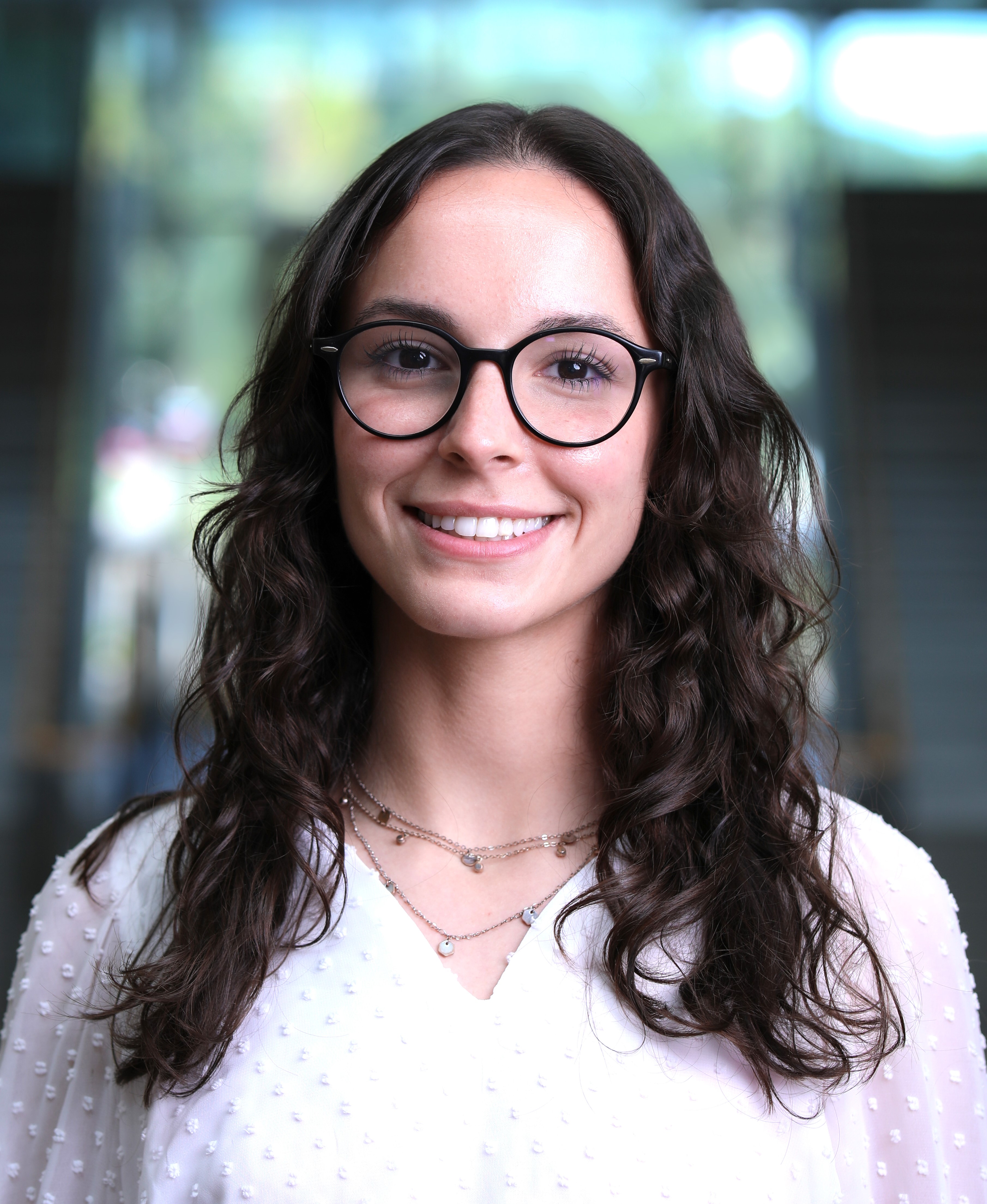 Bianca Sheridan Cell and Molecular Biology Major Prof: Dr. Hank Bass |
 Yun Shi Cell and Molecular Biology Major Prof: Dr. P. Bryant Chase My research mainly focuses on Ca2+-dependent thin filament regulation of contraction and cooperative interactions among myofilament proteins in striated muscle, including both skeletal muscle and cardiac muscle. As the Ca2+ sensor of the thin filament, troponin is the major protein that I am particularly interested in. For the projects I am currently involved in, experimental, statistical and computational methods are combined to reveal the characteristics of this protein in both physiological and pathological process, e.g., cardiomyopathy. | 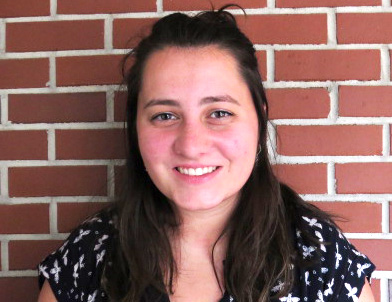 Grace Soltis Ecology & Evolution Major Prof: Dr. Nora Underwood | 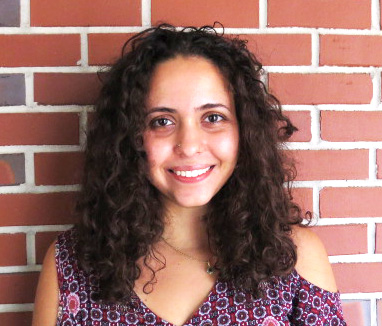 Selma Squafi Ecology & Evolution Major Prof: Dr. Joel Trexler |
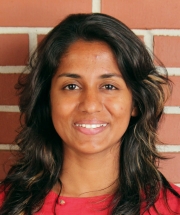 Divyaa Srinivasan Cell and Molecular Biology Major Prof: Dr. Peter Fraser | 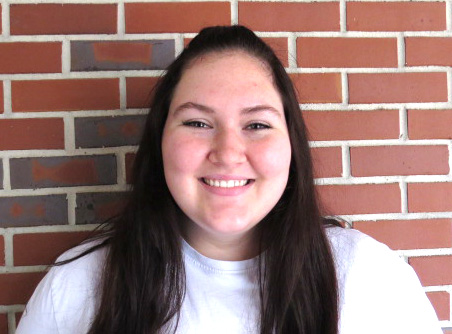 Natalie Storch Neuroscience Major Prof: Dr. Lisa C. Lyons |  Jessica Sullivan Cell and Molecular Biology Major Prof: Dr. Thomas A. Houpt (cbMS) |
 Vincent Tocci Cell and Molecular Biology Major Prof: Dr. Steven Lenhert |  Kathleen Torrence Ecology & Evolution Major Prof: Dr. Scott J. Steppan |  Manisha Tyagi Cell and Molecular Biology Major Prof: Dr. Ashwanth Francis |
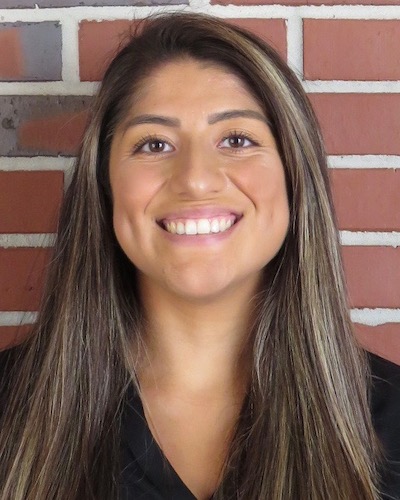 Paola Urlich Cell and Molecular Biology Major Prof: Dr. Hengli Tang |  Nick Waddell Cell and Molecular Biology Major Prof: Dr. Jian Feng |  Austin Werner Neuroscience Major Prof: Dr. James M. Fadool |
 Niall Whalen Ecology & Evolution Major Prof: Dr. Gregory M. Erickson |  Michael Wintermantel Ecology & Evolution Major Prof: Dr. Sandra D. Brooke |  Rui Yang Cell and Molecular Biology Major Prof: Dr. Qian Yin |
 Alaina Young Ecology & Evolution Major Prof: Dr. Daniel Okamoto Tom Miller, Tara Stewart Merrill, and R. Dean Grubbs labs: Evolution and Ecology Area Master's Thesis Student studying Elasmobrach Parasitology | 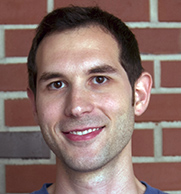 Chris Zelinka Neuroscience Major Prof: Dr. Peter Fraser |